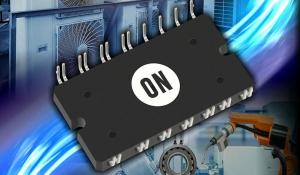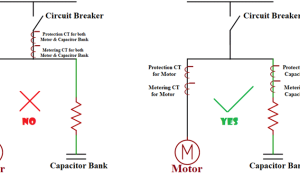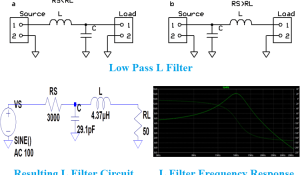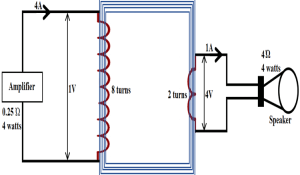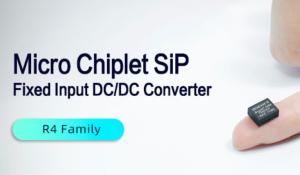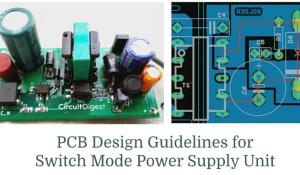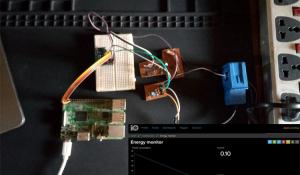With the advent of Electric Vehicles and Internet of things the need for sophisticated power electronic design has increased. These new fields are constantly evolving the demands for high-power motor drives, energy efficient power supplies, wireless power transfer etc.
In this section we will design and test various power electronic projects for a wide variety of applications including EV, Solar, IoT, SMPS Power supplies, LED Drivers, Portable power supplies etc. The section also covers the latest power electronic news and articles to update the readers with latest technology trends.
Infineon Technologies introduced the CoolMOS CFD7A series, silicon-based high-performance products that can be used in…
A rectifier is a circuit that converts alternating current (AC) to Direct current (DC). An alternating current always changes…
ON Semiconductor expanded its portfolio for industrial motor drive applications with the introduction of NXH25C120L2C2,…
All of our Case studies are shared with the clear aim to ensure that the problems that have arisen in one plant can be avoided…
In a previous article, I have shown you how you can build your own switched capacitor voltage converter circuit using the…
In the previous article, we discussed the basics of impedance matching and how to use an impedance matching transformer. Apart…
If you are an RF Design Engineer or anyone who has worked with Wireless Radios, the term “Impedance Matching” should have…
MORNSUN has introduced a new generation of DC-DC converters, the fixed input R4 series with a new packaging technology, that…
A current transformer is a type of instrumental transformer specially designed to transform alternating current in its…
Switching power supply is a widely used power supply topology in power electronics. Whether it can be a complicated CNC Machine…
Energy Monitors, whether covering the entire apartment or deployed to monitor just one appliance, provide a way for you to keep…
RICOH Electronic Devices introduced the RN5T569, a power management multichannel IC (PMIC) for automotive applications that…



